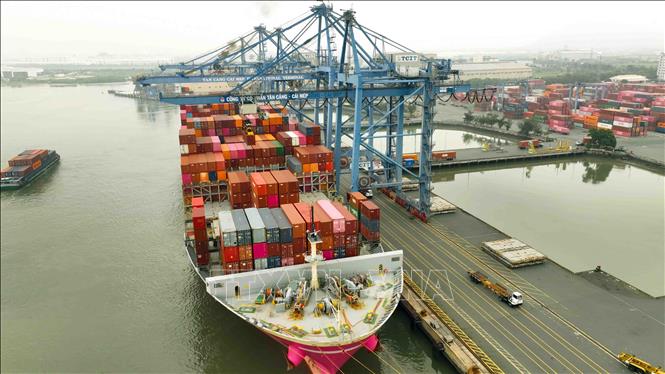
From today, July 1, 2025, the two-level local government apparatus in 34 provinces and cities will officially operate simultaneously. Previously, on June 30, the whole country held a ceremony to announce the National Assembly 's Resolution on merging provinces and cities; along with the Party Central Committee's decisions on the establishment of local Party Committees and leadership personnel.
According to General Secretary To Lam, the decision to "rearrange the country" is a historic step of strategic significance, marking a new development stage in the cause of perfecting the state administrative apparatus, perfecting the institutions and organization of the political system to be synchronous, streamlined, effective, and efficient, towards perfecting a modern, constructive, people-friendly, people-serving administrative system, so that all benefits belong to the people.
General Secretary To Lam also emphasized that reorganizing administrative boundaries and operating a new local government model is an objective and inevitable requirement for national development in the context of globalization, digital transformation and the fourth industrial revolution.
The rearrangement of administrative units not only brings a new look to the local government system but also opens up a large and promising development space for each region, each locality and the whole country.
According to analysts, this reform is considered Vietnam's "Doi Moi 2.0" after the economic reform in 1986. This event is expected to not only help create new growth momentum for Vietnam, but also support maintaining a stable credit outlook in the context of prolonged global instability.
Experts from the Joint Stock Commercial Bank for Foreign Trade of Vietnam Securities Company (VCBS) assessed that the merger of provinces and cities will help increase the area, population and economy, creating favorable conditions for infrastructure and utility development.
For example, after merging with Binh Duong and Ba Ria - Vung Tau, Ho Chi Minh City became a "megacity" of ASEAN size and had the largest economic scale in the country, with an area of over 6,700 km², a population of nearly 14 million people, and a GRDP of over 2.7 million billion VND.
Not only helping to expand the scale, the new provinces and cities also integrate many types of terrain and development advantages. Accordingly, Ho Chi Minh City (new) will possess comprehensive economic strengths, including urban economy (old Ho Chi Minh City); industry, FDI (Binh Duong) and seaport services, logistics and tourism (Ba Ria - Vung Tau).
In addition, the combination of regional characteristics such as sea, plains and mountains also helps the provinces strengthen comprehensive socio-economic links. Ha Nam, when merged with Nam Dinh and Ninh Binh, will form a large economic pole in the North with industrial, tourism and urban pillars.
Or the merger of Da Nang and Quang Nam will also help expand the development space for urban & industrial - service areas of Da Nang City, thereby helping to exploit the special mechanism and the establishment of a Free Trade Zone.
According to VCBS, with abundant area, population and resources, local governments can now freely plan economic development zones and transport systems spanning large areas, reducing the risk of not connecting to other locations as before. This is especially meaningful for large industrial projects, which often require a synchronous logistics system, convenient connection to input materials, labor and major seaport and airport infrastructure.
In addition, the merger of provinces and cities can significantly increase the efficiency of capital allocation and budget management when resources are more concentrated. This can overcome the previous situation where some localities were limited in population size, economy and budget resources, making it difficult to realize their development vision due to dependence on additional resources from the central budget.

Mr. Michael Kokalari, Director of Macroeconomic Analysis and Market Research at VinaCapital, said that the current restructuring of the government apparatus is part of a series of strong actions to help Vietnam escape the "middle-income trap".
According to Mr. Michael Kokalari, these efforts focus on enhancing urban value, improving regional planning to develop infrastructure and reducing administrative burden; in which, integrating digital transformation in public services and promoting synchronous implementation are key to the success of this reform.
Experts from Vietnam Investment Credit Rating Joint Stock Company (VIS Rating) assessed that the streamlined administrative structure and support policies from the Government will be the driving force to accelerate infrastructure projects and maintain more sustainable economic growth.
According to Mr. Nguyen Dinh Duy, Director - Senior Analyst at VIS Rating, the consolidation of provincial-level administration will help streamline the decision-making process and improve the efficiency of budget allocation. At the central level, the requirement to cut 30% of administrative procedures will also help speed up policy implementation and remove legal barriers for many economic sectors.
“Important administrative reforms being implemented such as streamlining the government apparatus, merging provincial-level units and simplifying administrative procedures are helping to free up resources and remove bottlenecks for the private sector,” said Mr. Duy.
Notably, recently, the Politburo also issued four breakthrough Resolutions signaling a long-term strategic shift - promoting the private economic sector, prioritizing the development of green and high-tech industries, and strengthening legal institutions.
VIS Rating believes that with the Government stepping up its plan to increase infrastructure spending in the second half of the year, the domestic business environment will receive more positive support and the reform process will take place more smoothly, thereby strengthening investor confidence. At the same time, it is expected that credit conditions in Vietnam will remain stable in the second half of 2025, thanks to proactive fiscal policies and positive institutional reforms, reducing the impact of global uncertainties.
Source: https://doanhnghiepvn.vn/kinh-te/cung-co-niem-tin-nha-dau-tu-tu-quyet-dinh-sap-xep-lai-giang-son-/20250701022407355



![[Photo] Multi-colored cultural space at the Exhibition "80 years of the journey of Independence - Freedom - Happiness"](https://vphoto.vietnam.vn/thumb/1200x675/vietnam/resource/IMAGE/2025/8/26/fe69de34803e4ac1bf88ce49813d95d8)
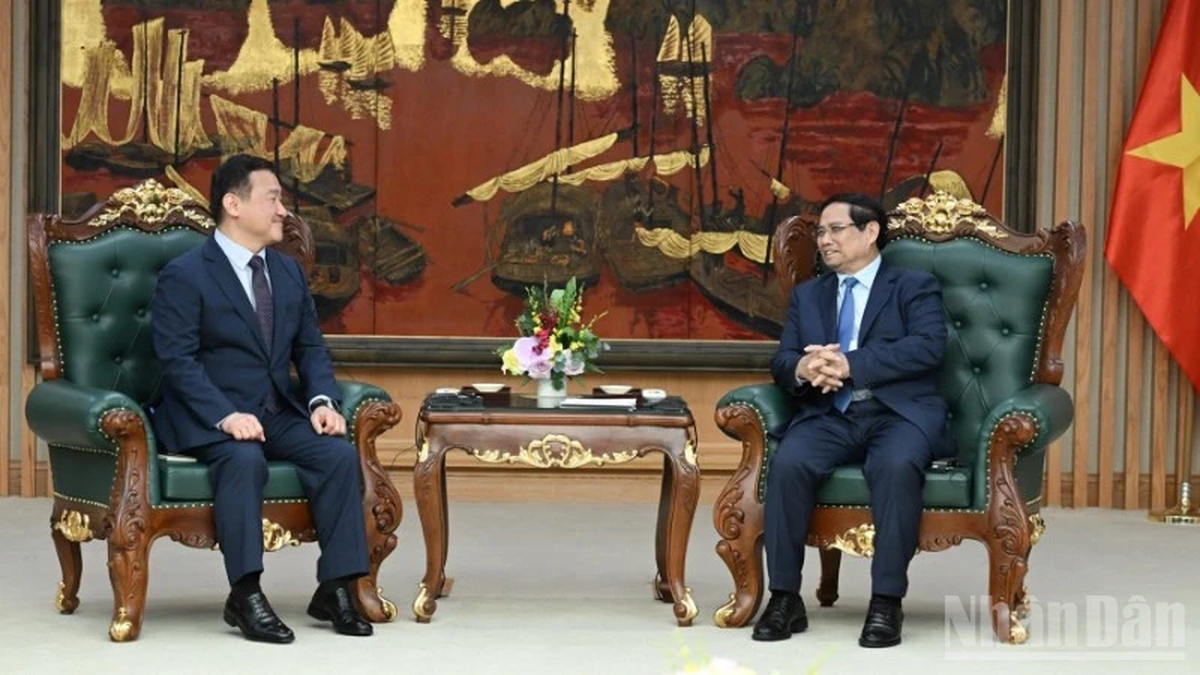
![[Photo] Prime Minister Pham Minh Chinh receives CEO of Samsung Electronics](https://vphoto.vietnam.vn/thumb/1200x675/vietnam/resource/IMAGE/2025/8/26/373f5db99f704e6eb1321c787485c3c2)
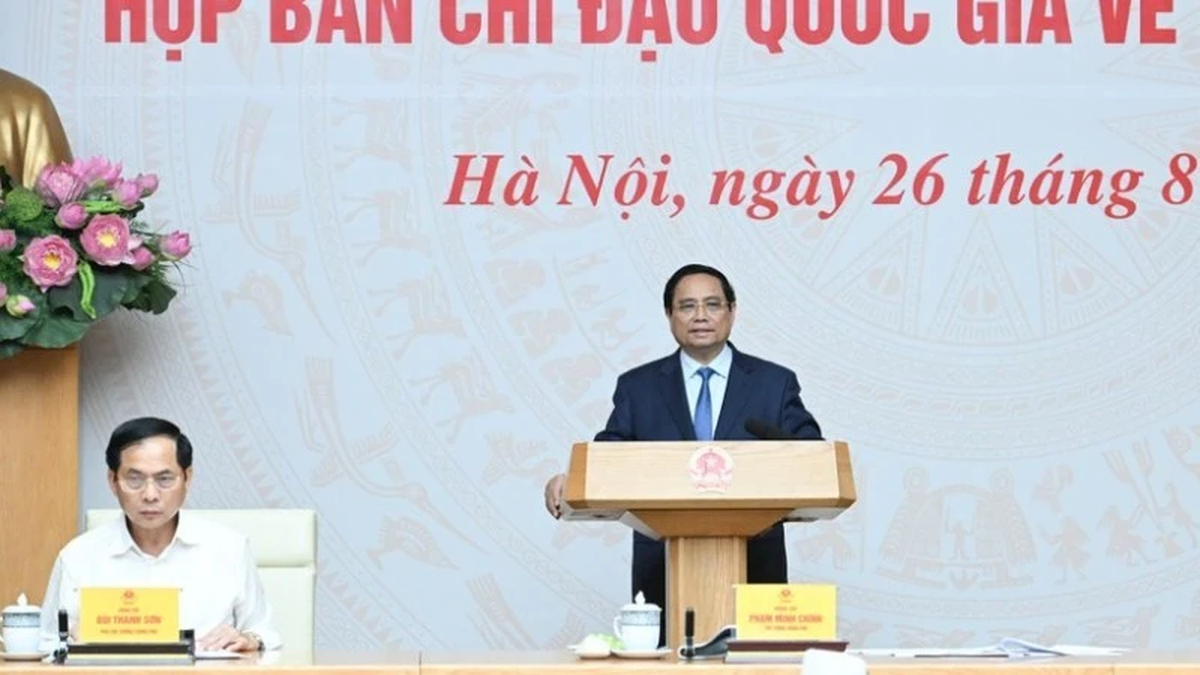
![[Photo] Prime Minister Pham Minh Chinh chairs meeting of National Steering Committee on International Integration](https://vphoto.vietnam.vn/thumb/1200x675/vietnam/resource/IMAGE/2025/8/26/9d34a506f9fb42ac90a48179fc89abb3)

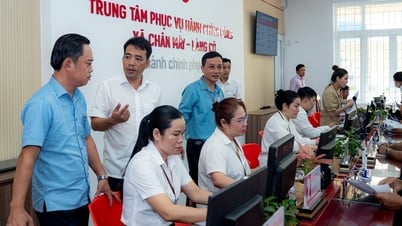




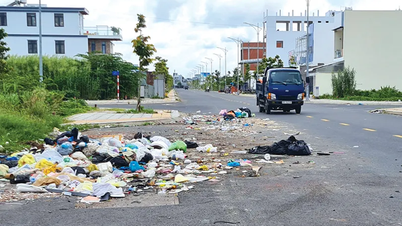


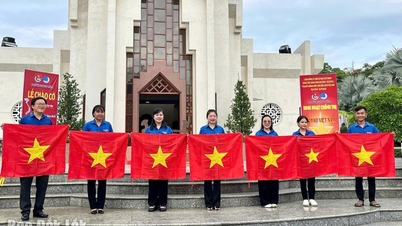








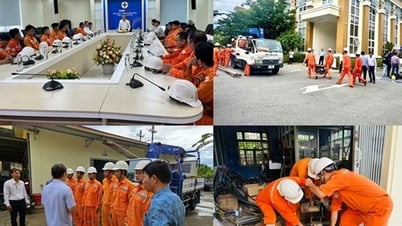







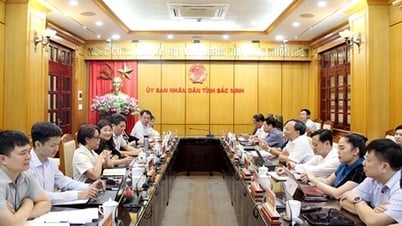


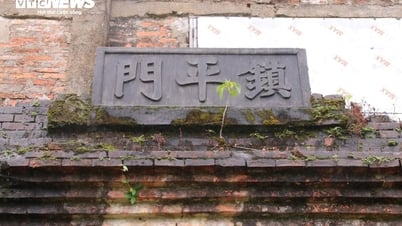




























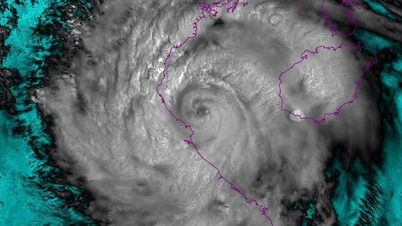




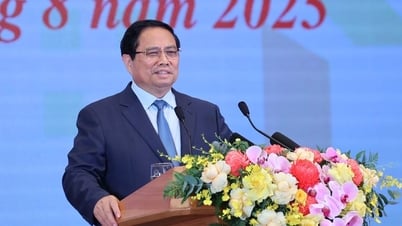





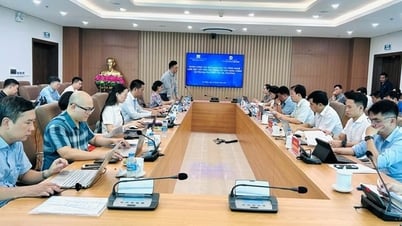
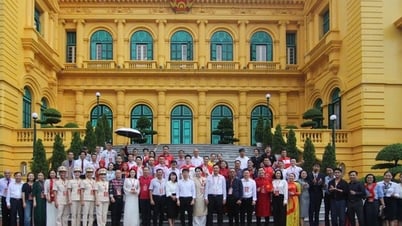







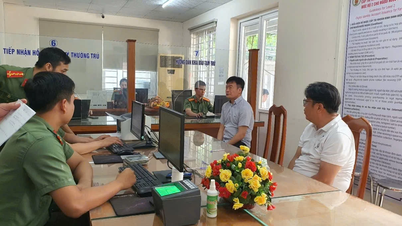

















Comment (0)